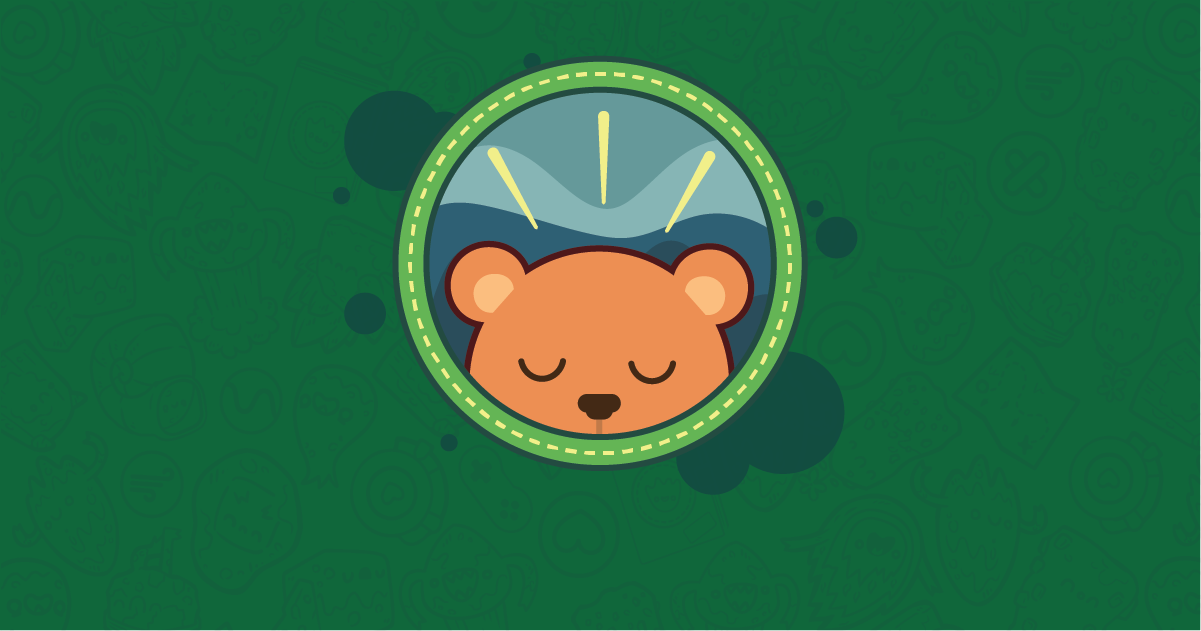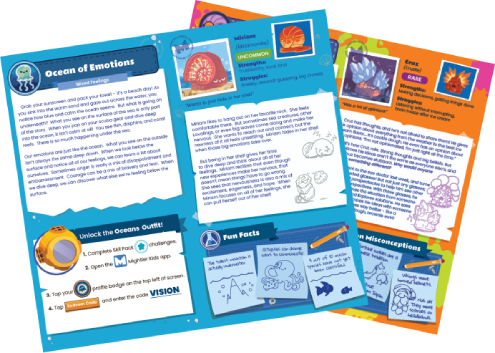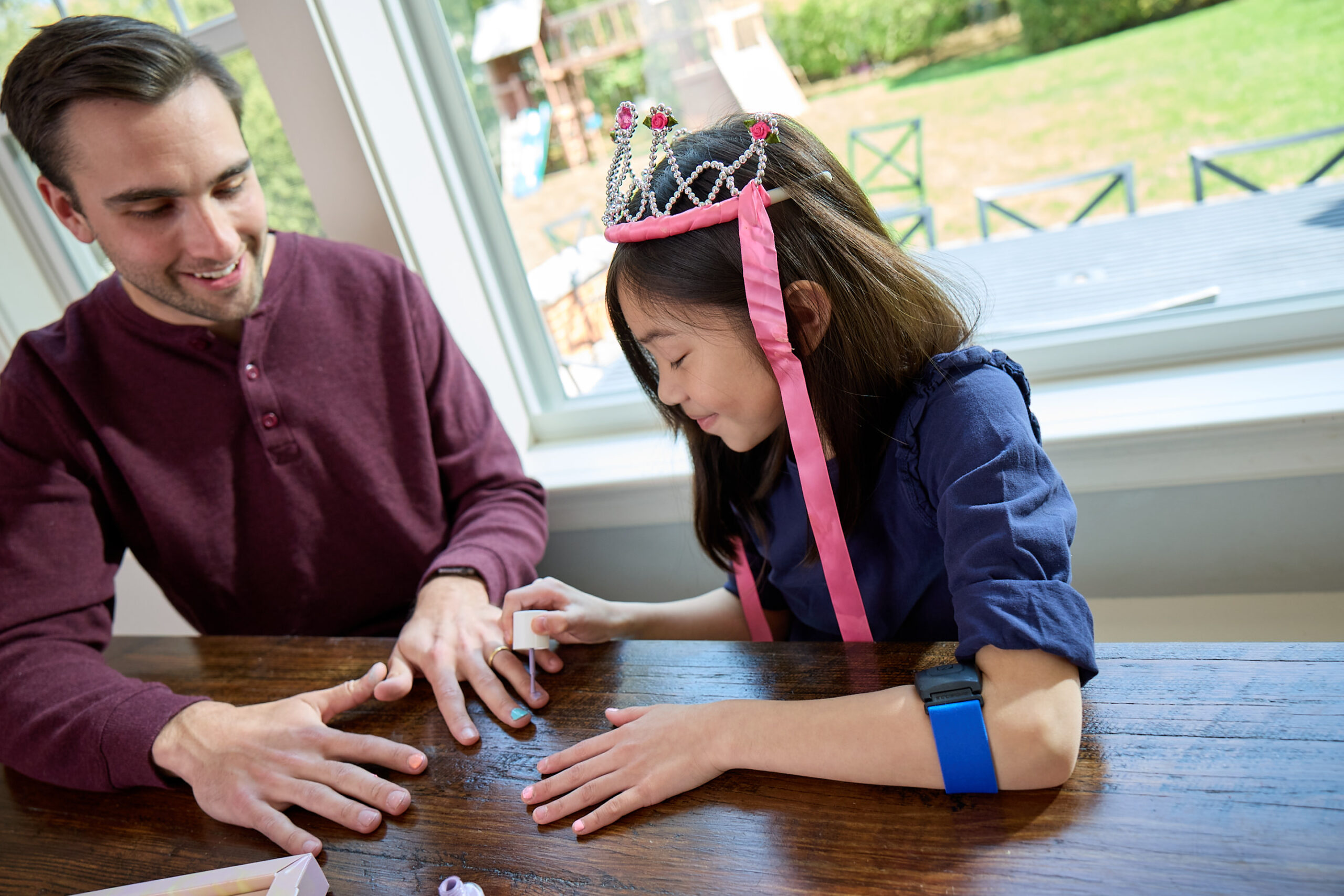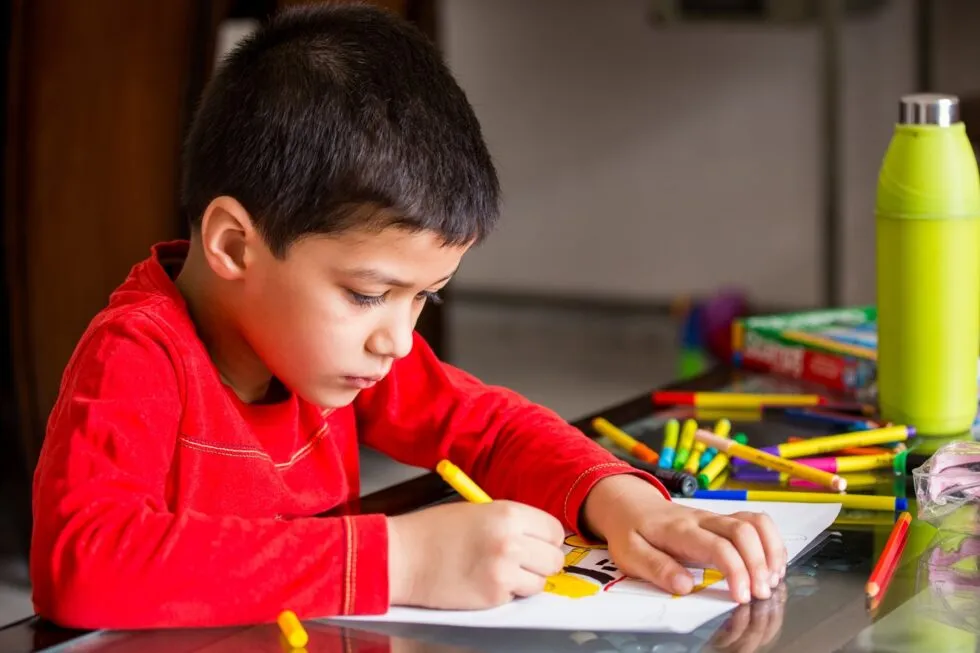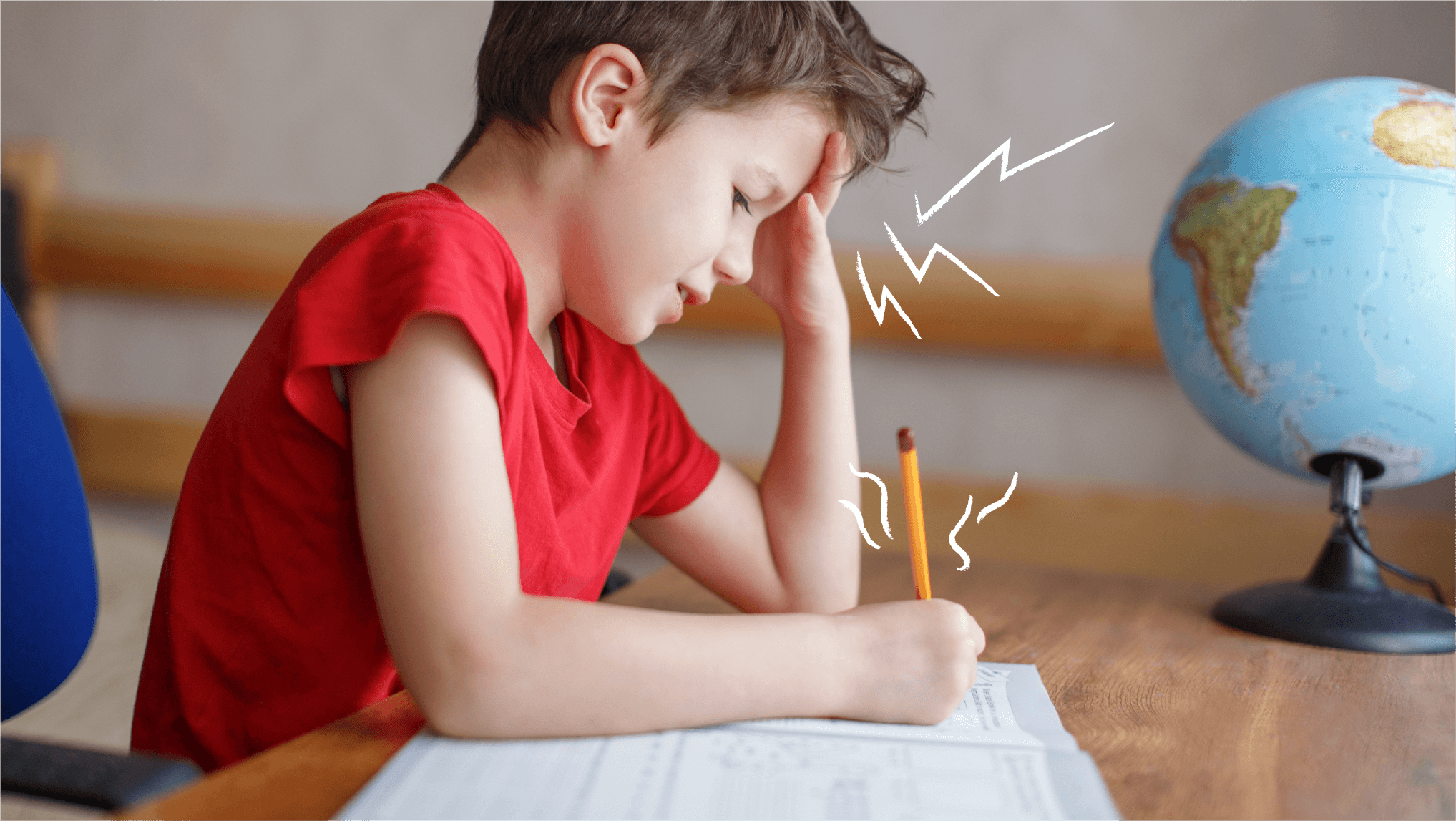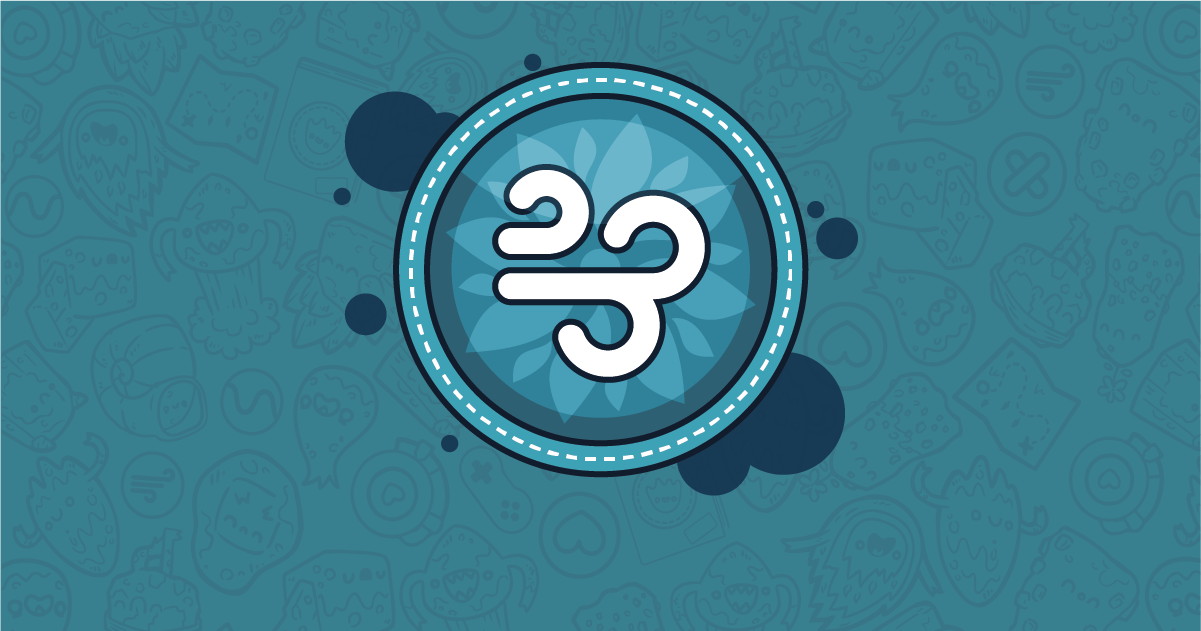We all have different sensory needs and preferences, sensations we can or cannot tolerate, input that is calming or overwhelming. Children who are diagnosed with autism spectrum disorder (ASD), sensory processing disorder (SPD), attention-deficit/hyperactivity disorder (ADHD), as well as other neurodivergent children, can sometimes have difficulty interpreting and responding to their sensory experiences. This can result in an over-response to some sensations and an under-response to others. Sounds, textures, sights, tastes, and smells can have a powerful influence on kids. Incorporating activities that engage the senses and are a good fit for autistic children can help them better integrate sensory information and respond to the environment around them.
The role of senses in regulation
Sometimes “dysregulation” isn’t about emotions, but is actually the brain and body feeling overwhelmed (or underwhelmed) by internal and external sensory input. That means we need to take a sensory-based approach to feel regulated. This is especially relevant for children diagnosed with Autism Spectrum Disorder, Sensory Processing Disorder, Attention-Deficit/Hyperactivity Disorder, or other neurodivergent children, who may interpret and process sensory information differently. For emotional regulation, check out this article on Cognitive Behavioral Therapy based activities that support children’s emotional regulation needs through thought, behavior and physiological coping skills.
Here are a few activities to explore with your child to figure out the types of sensory input that are either calming/regulating or overwhelming/dysregulating for them.
1. Explore Textures with Sensory Boxes and Playdough
One fun activity is to create a sensory box filled with water beads, sand, beans, or a mixture of a few different items. Add small toys or “treasures” along with items like spoons or cups so that the child can dig, bury, and pour within the box. Have your child find the treasures or play with them however they want. These sensory play activities provide great sensory input and can have a calming effect. Some kids find using their sensory box as a coping tool can be helpful when they start to feel frustrated or upset.
Play-dough and slime are extremely versatile kid favorites for sensory stimulation. You can make homemade play-dough or slime with a variety of interesting and calming scents and colors using food extracts and food coloring. Kids can have fun molding the play-dough and guessing the smell, like cinnamon or lavender. Incorporate fine-motor skill practice by planting small items in the play-dough for kids to dig out.
2. Build Sensory Awareness Through Games and Stories
Many neurodivergent children can have trouble noticing, interpreting, and responding to sensory input. This skill of building sensory awareness, therefore, is something worth practicing. The Mightier Super Sensor Skill Pack uses stories, crafts, and small games to let caregivers and children build sensory awareness together through play.
3. “Heavy-Work” Activities
Multisensory activities that help kids deeply feel their muscles and bodies working can support sensory integration. Heavy-work activities include safely lifting heavy items, pushing or pulling, and generally anything that challenges the muscles. Heavy-work tasks can be as simple as pushing a grocery cart or carrying books from one room to another. These activities are great for kids who need a lot of movement and for kids who are fatigued and need to wake up their senses. Plus, kids love to feel like they are helping. Other fun examples of heavy-work activities include wall push-ups, bear hugs, and tug-of-war games.
4. Musical Instruments
Music is highly stimulating to the senses and the mind. Listening to and playing music can also be uplifting and soothing to kids with sensory processing concerns. Kids can learn a traditional instrument, or they can create instruments out of household materials. Make a rain stick out of a cardboard tube filled with beads, or maracas using a plastic egg filled with rice. You can also collaborate with your child to create a playlist of their favorite tunes to sing, dance, or listen to.
5. Deep Pressure
Deep pressure activities promote feelings of calmness and safety for many children with autism spectrum disorder. These activities are particularly useful when a child is experiencing sensory overload. Things like a high five, a pat on the back, a shoulder squeeze, or a hug are some ways that your child can interact with others to get a deep pressure sensation. They can also give themselves deep pressure stimulation by pushing their hands into their thighs, crossing their hands over their chest and pushing down, or using a weighted blanket.
It may take some trial and error before you find sensory stimulation activities and sensory play ideas that are a good fit for your child’s senses. Think about your child’s individual needs when planning an activity. Sensory seekers may want to dive right in. However, for kids who want to avoid certain sensory experiences, you can use these activities to gently introduce them to new textures and sensations while trying to avoid sensory overload. With the right support, your kid can learn tools and sensory activities that will help them manage their sensory processing concerns and thrive.




